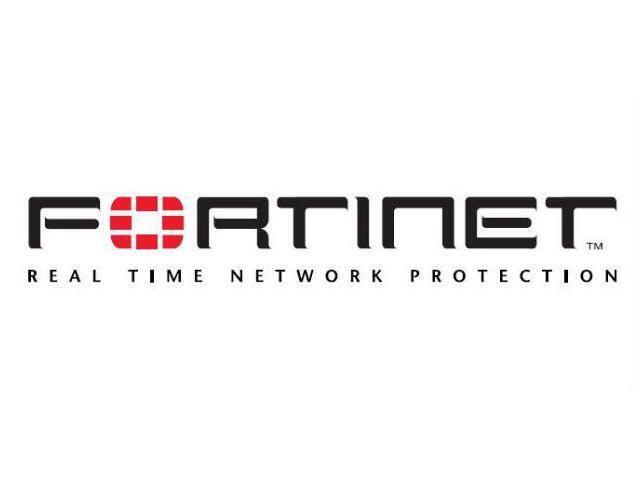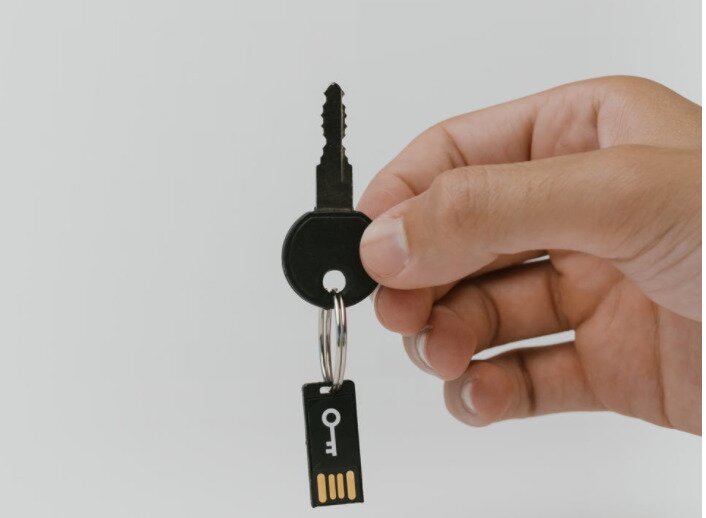Fortinet FortiGate Firewall Review 2021
If you’re searching for strong network security at a reasonable price, Fortinet is an excellent option to consider. The firm has continued to expand in the cybersecurity industry since launching its first FortiGate device on the market in 2002, establishing itself as a major manufacturer of network security equipment. We’ve got all the details on how Fortinet’s purpose-built security processors (SPUs) work in our complete, honest, and comprehensive review of Fortinet firewall.
What’s on This Page

Fortinet FortiGate
5/5
- User interface and usability
- Scalability for small and mid-size businesses
- Added features for additional security
What is Fortinet FortiGate?
Fortinet FortiGate is a next generation firewall (NGFW) that provides multilayered network security services. FortiGate consists of multifunctional software and hardware systems that integrate the functions of firewall devices, intrusion detection and prevention systems (IDS/IPS), and antivirus protection. Organizations can merge Fortinet’s FortiGate NGFW into existing IT infrastructure to build security-driven networks for complete protection and defense against cyber threats.
Why use Fortinet FortiGate?
With airtight architecture for complete end-to-end security, Fortinet FortiGate protects your network and devices from harmful activity and assaults. Its single-pane-of-glass management saves money and complexity by eliminating point products and combining security features such as secure sockets layer (SSL) inspection, web filtering, and SD-WAN functionality to provide seamless protection with scalable performance and low latency.
Fortinet Fortigate Pros and Cons
Pros
- User-friendly VPN
- Support for various wireless technologies
- GUI (graphical user interface) is simple and intuitive
- High performance threat protection
Cons
- Slow technical support
- Unstable firmware
- Upgrades can cause compatibility issues
How to use Fortinet Fortigate?
FortiGate FortiOS is available in several models to meet the most demanding threat protection performance requirements, ranging from entry-level hardware to high-end appliances. The unit may operate in one of two modes: Transparent or NAT/Route mode. In Transparent mode, the device is placed between the internal network and the router. Between networks, the unit is used as a gateway or router in NAT/Route mode.
It’s important to choose a high availability (HA) configuration for all FortiGate SPUs (also referred to as a “cluster”). You may create the same settings on a standalone FortiGate using the graphical user interface (GUI). The GUI gives you access to most FortiOS capabilities, including Fortinet Security Fabric, FortiView, networking, system administration, firewall rules and exceptions, security profiles, IPsec VPNs, SSL VPNs, user accounts, and other features.
Our Rating Process
In a nutshell, firewalls are based on the simple idea that network traffic from less secure environments should be authenticated and inspected before moving into a more secure environment. While the concept is straightforward, the added layers of technical requirements and enough acronyms to fill a football stadium can be a deterrent for some companies to implement a network security solution. Fear not—we’ve broken down this Fortinet FortiGate firewall review into bitesize criteria based on performance, value, pricing, and security. Criteria are scored out of 5 points to help you in your next-gen firewall journey.
Performance – 5/5
FortiGate NGFW identifies thousands of applications inside network traffic to prevent and detect known and unknown attacks using continuous threat intelligence. You will be hard-pressed to find a Fortinet firewall review that doesn’t rave about FortiGate’s industry-leading threat protection performance and ultra-low latency.
Value – 5/5
Take a second to scroll down to the product comparison. If the long list of features isn’t enough to prove the value FortiGate has to offer, NSS Labs gave Fortinet a $2 TCO (total cost of ownership) per protected Mbps. For comparison, NNS Labs tested nine other NGFW vendors, some with a TCO as high as $57 per protected Mbps.
Pricing – 5/5
Security-driven networking delivers a high-density, flexible combination of various high-speed interfaces to enable the best TCO for customer deployments. Depending on network and user demands, entry-level hardware appliances start around $500 and can reach $350,000 for high-end enterprise pricing.
Security – 5/5
In a Breach Prevent System Test performed by NSS Labs, Fortinet FortiGate blocked 100% of web-delivered malware as well as drive-by and social exploits. Test results also reported 99.4% of mail-delivered malware was detected and blocked. Fortinet FortiGate received an overall score of 97.8% for security effectiveness.
Package Comparison
Product Details
FortiGate 1800F
FortiGate 2600F
FortiGate 4200F
Customized pricing
Variable (depends on scale)
Variable (depends on scale)
Variable (depends on scale)
Dynamic internal segmentation
Yes
Yes
Yes
Scalable hybrid IT architecture
No
No
Yes
VXLAN termination and re-organization
No
No
Yes
Technical / Product Details
Product Details
Specs
Supported Languages
English, Chinese (Simplified), Chinese (Traditional), French, Japanese, Korean, Portuguese, Spanish
Compatibility
Windows, MacOSX, Linux, iOS, Andriod
Restricted countries
Cuba, Iran, North Korea, Syria, Ukraine
Customer support
USA +1 408 542 7780, Canada +1 613 670 8994. Other countries can find local support numbers on the Fortinet website.
Product type
Security Processing Units, Virtual Machine, Cloud (Private, Public, Hybrid), Security-as-a-Service
Operating system
FortiOS
Frequently Asked Questions
What is a next generation firewall?
A next generation firewall (NGFW) takes a regular firewall and makes it even better thanks to the additional multilayered security features. A traditional firewall will monitor incoming and outgoing network traffic, whereas a next generation firewall will do so while also providing more security elements like application awareness and control, deep packet inspection (DPI), cloud-delivered threat intelligence, sandbox integration and more. If you want a firewall with all the security bells and whistles, NGFW would be the route you want to go.
FortiClient is a security solution that extends the power of FortiGate’s threat protection to endpoints on your network, including desktops, laptops, tablets, and smartphones. FortiClient has no per-seat license fees, eliminating the need to manage multiple endpoints so users and guests can work from anywhere without compromising network security. FortiClient can also be used as a standalone option.
How to disable Fortinet on Android?
To disable Fortinet web security on Android, select Unprotected, then toggle the Enabled switch to Off. To disable web security, toggle the Enabled switch to Off. When FortiGate endpoint control is managing FortiClient, the user cannot enable or disable web security.
To disable Fortinet auto start on Android, select the menu icon, then Settings in the dropdown list. In the FortiClient settings page, select Auto Start, then select Disabled. By default, auto start is enabled.
How much is a network firewall?
Network firewall pricing depends on several factors, including the size of your business, how much traffic the firewall will need to process, how many interfaces traffic will be segmented to, and what forms of traffic inspection will the firewall need to perform. It’s also important to consider the benefits of manual and human-delivered firewall management against the savings and flexibility provided by automation to accurately evaluate the total cost of ownership.

